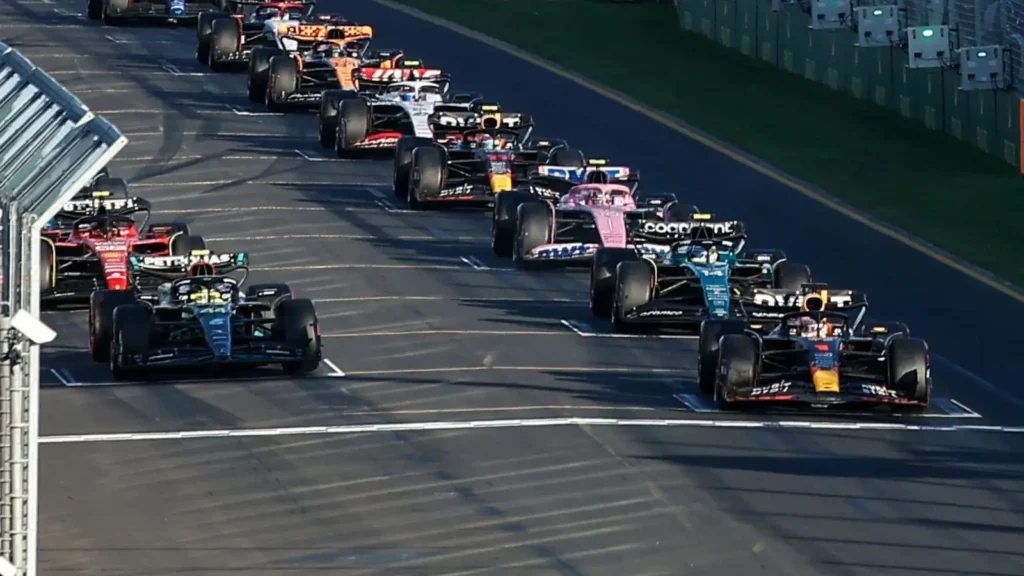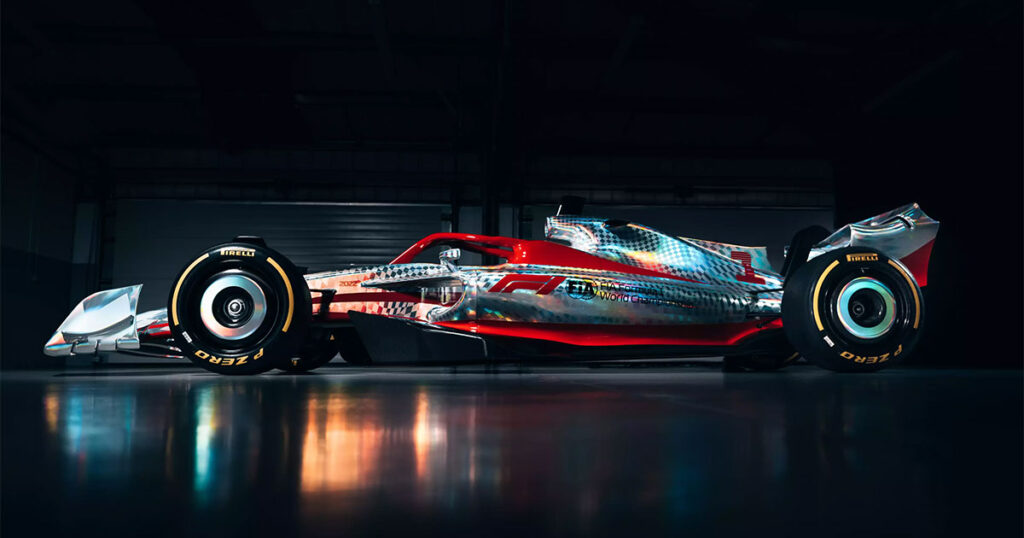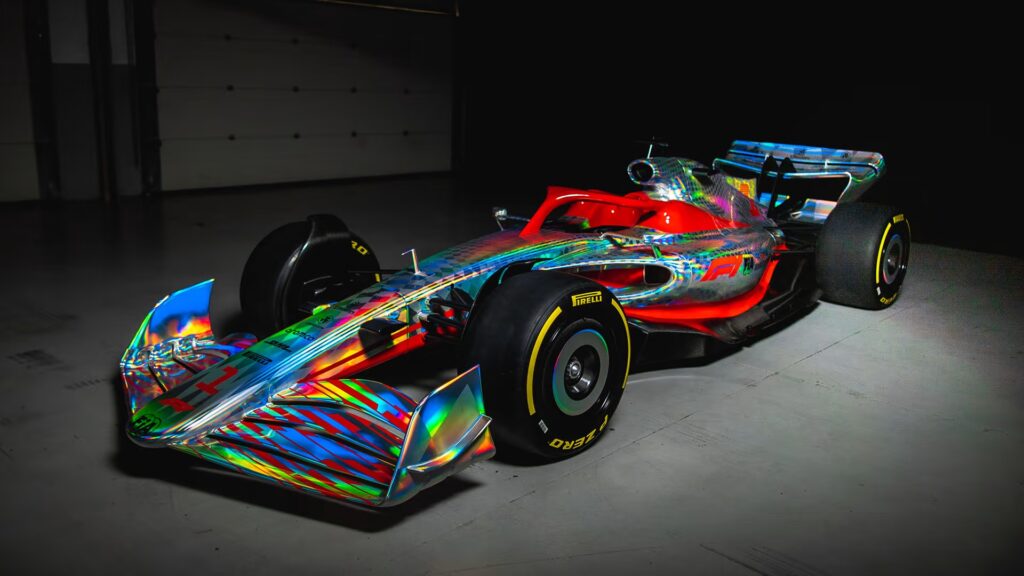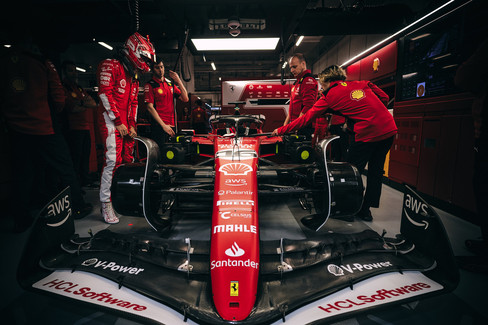How does the Formula 1 team work?
The Formula 1 team, decoding how a racing team operates
Discover the thrilling journey into the heart of Formula 1, as we unveil the inner workings of the racing team.From precision to pit stops to collaboration between drivers and engineers, this guide is going to reveal the intricate dynamics that drives Formula 1 teams to success. Discovery insights into the meticulous housework and dedication that make Formula 1 the epitome of high performance racing.
Formula 1 pilots are real world stars, whose names are known even to people far from motorsport. But behind each big victory is the painstaking work of many people, because each team has several hundred employees. What do they do, and how is the work of the racing teams organized during the Grand Prix? We figured it out using the example of the Scuderia AlphaTauri command.
Race against time
Start the stopwatch on your watch and note the duration of your inhalation and exhalation. An average person makes 14 breathing movements per minute. This means that each inhalation-exhalation lasts 4.28 seconds. Just a few moments. But in motor sports, 4.28 seconds is a long period of time in which you can get a lot of things done.

4.28 seconds is enough for the mechanics of the Formula 1 team to change all four wheels on both (!) Of the team’s racing cars. And the car itself during this time has time to accelerate to 200 km / h. For braking, 4.28 seconds is even too long. From 320 to 80 km / h (the speed in the slowest corners on most tracks) Formula 1 cars slow down in 3 seconds.
Time is the main rival, with which everyone who is related to the queen of motorsport fights. Racers try to complete a circle as quickly as possible, engineers on the track – to choose settings that will help them do it, mechanics – to service the car, and engineers on the team base – to quickly modify the car, making it faster. The struggle takes place in tenths of a second, but each “ten” taken from the lap time is hours of work on the track, on the team base, in a wind tunnel and on supercomputers.

The work of the team is literally scheduled by the minute, and strict adherence to the planned schedule is one of the foundations of success. Therefore, a watch is the same integral working tool as a wrench or a filling machine. It is not surprising that absolutely all Formula 1 teams have a partner from among the watch brands. The Italian team AlphaTauri has the Japanese company Casio. Pilots and crew members use EDIFICE watches… Like a Formula 1 car, the new EQB-1100D features a thin and light yet durable stainless steel case and sapphire crystal that protects the dial, just like the halo protects the pilot’s head. Thanks to the highly efficient solar battery, the watch dial glows for a long time in the dark after short exposure to light. Bluetooth synchronization in the watch not only ensures perfect accuracy, but also allows you to customize the watch, and if necessary, you can find your phone. And the alarm clock in the watch can be configured so that it will emit a sound signal every day at the set time, as well as inform about the end of each hour.
In the 1960s and 70s, many pilots competed with watches on their wrist. They could keep track of the duration of the race, and some even managed to keep track of the lap times. With the advent of advanced timing systems and a display on the steering wheel of a racing car, this is no longer necessary. But, paying tribute to tradition, the image of the watch is often applied to the wrist of the pilot’s racing gloves.
Land of motors
Formula 1 employs the best of the best in all motorsport, and it’s not just about racers. The best mechanics, the best engineers, the best managers – several thousand people all over the planet correspond to this level. The case when cadres are everything. Over time, this led to the fact that, with the exception of the Sauber (now Alfa Romeo) team, located in Switzerland, all other teams are concentrated in two clusters: in the UK and Italy.
One of the two Italian teams is Ferrari, the other is Alpha Tauri. Both are located in the Italian region of Emilia-Romagna, which the Italians themselves call terra di motori – “the land of motors”. Along the ancient Roman Emilia road are the factories of Ducati, Pagani, Maserati, Lamborghini, Ferrari, the old Bugatti factory, the Formula 1 circuit in Imola and the Scuderia AlphaTauri. New personnel are regularly supplied by the University of Bologna, and a real struggle is unfolding for promising specialists, because there are really a lot of them.

Even the most modest teams employ more than 300 people, and the leading teams have more than 600 employees. AlphaTauri employs about 500 people. Only the racing team, which goes to the tracks, has 130 people. 70-80 of them work directly with the machine. The rest ensure the smooth functioning of the entire team. Team-based specialists do not sit idle either. The engineers in Faenza, where Alpha Tauri is based, are always on hand to simulate several car settings, simulate a race or come up with a solution to a problem on the track.
Racing village
Directly on the track, the team’s work is divided into four zones: command bridge, boxes, motorhome, trailers. The central place is occupied by boxes. Only the front part of the boxes, in which work is going on directly with the machines, gets into the frame of the TV broadcast. Each car has its own team of mechanics of 13-15 people. Each mechanic has his own area of responsibility: front suspension, rear suspension, hydraulic system, braking system, tires, aerodynamic elements, engine and transmission.
Mechanics are assigned to the car for the entire season, so within the team there is a healthy competition between different sides of the garage. The rear of the boxes contains all the necessary equipment, refueling machines, tool racks, tire sets and a supply of fuel.
A separate team of 22 mechanics is responsible for the pit stops. These guys work with both cars. In urgent cases (for example, when it starts raining sharply), they must service both cars in a row. At such moments, the main thing is not to mix up the wheels (each pilot has his own kits) and not to make critical mistakes.
All decisions on tactics during the race and its changes are made on the command bridge, which is located on the pit wall – the wall that separates the starting line of the track from the pit lane. Places on the command bridge are assigned to the leadership of the team: team manager, chief designer and chief engineers. They keep in touch with the pilots, transfer information from them about the state of the track to the race management, and complaints about rivals and protests to the referee commissioners.
In case of problems with radio communication or its failure, there is a pit-board on the command bridge – a board with which you can send short information messages to the pilot. For example, about changing the lead over the opponents.
Motorhome is the home of the team during the Grand Prix. This is a prefabricated two-story structure, in which catering is organized on the first floor, and guest areas for meetings with sponsors and VIP guests are located on the second. Behind the motorhome are the team’s trailers. In them, equipment arrives on the track, and during the race there are personal rooms for pilots, team bosses, massage rooms, rooms for briefings.
Each of these zones is the holy of holies of the team, where outsiders are not allowed. Only relatives of the pilots and the most important VIP guests can get into the boxes. Accredited journalists are allowed into the motorhome, but even they have no access to the second floor. Well, access to team trailers is often limited even for some employees. After all, each Formula 1 team is a small army that carefully guards its secrets.
FAQ’s
How does teams work in Formula 1?
F1 has a structure that involves 10 teams that has 2 drivers per team. This format is effective with points that racked up over the course of season. In 1950 the world championship was founded and it is sanctioned by the FIA which sets the rules and regulations.
How is it working for an Formula 1 team?
As a member of an F1 team, you are going to work with drivers and support staff. You are going to be involved in different tasks from recording Media messages to organising logistics. Most of the F1 jobs need qualification in journalism or PR while others need specific skills like good understanding of computers etc.
How does Formula 1race work?
Formula 1 races are made to a specific distance rather than time or a set number of laps. The number of laps changes is dependent on the length of the circuit to make sure each race is equal to the same length of time.

